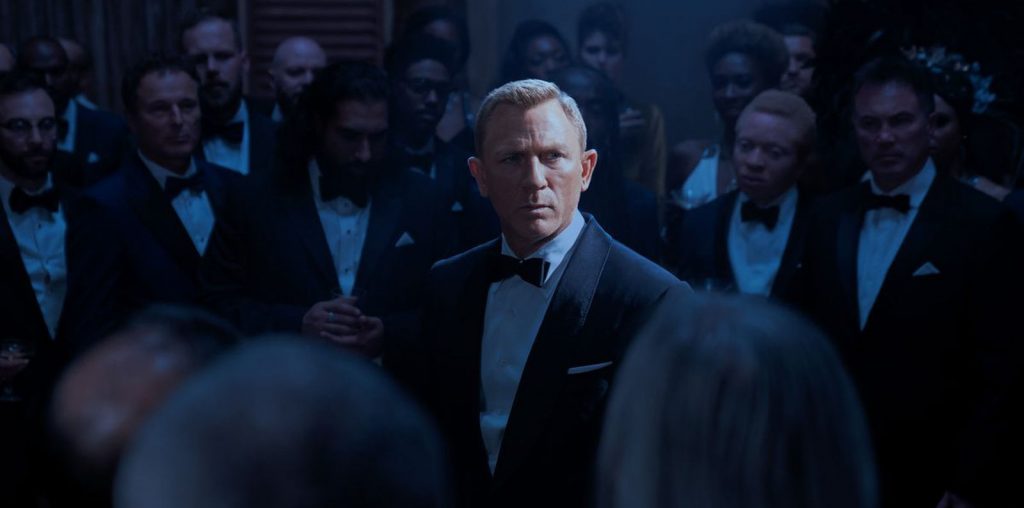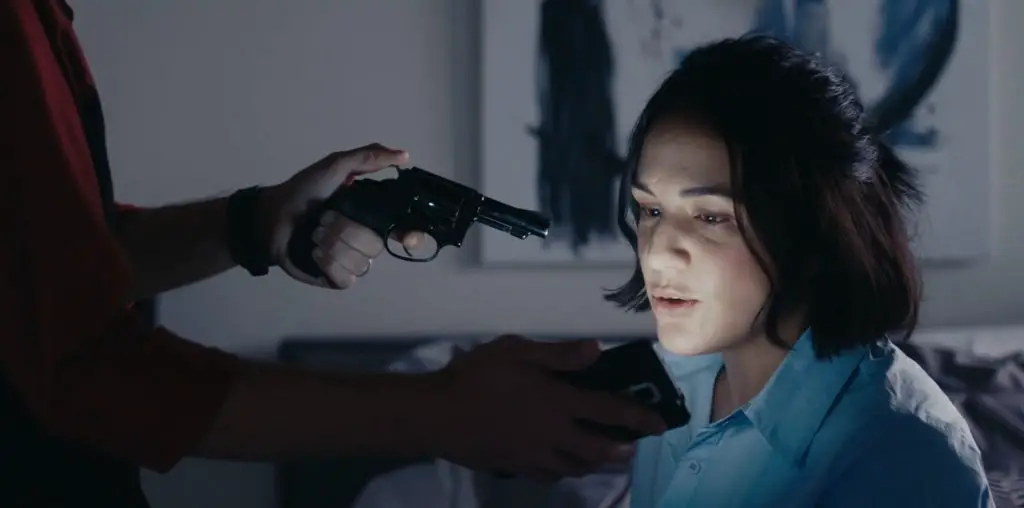
BOOTLEG FILES 295: “Negro Colleges in War Time” (1943 U.S. government-produced propaganda short)
LAST SEEN: It is available on several web sites.
AMERICAN HOME VIDEO: It was included in a few anthology releases featuring film relating to World War II and race relations.
REASON FOR BOOTLEG STATUS: The film is in the public domain.
CHANCES OF SEEING A COMMERCIAL DVD RELEASE: It is too short to be a standalone title, and its public domain status will cancel any serious restoration.
During World War II, the U.S. government found itself in a seemingly hypocritical position of fighting for the freedom of people around the world while denying basic civil rights to a significant percentage of its own population. African-Americans had no problems recognizing the disconnect between their nation’s wartime mission and their own socio-political situation. Although the federal government and the self-censoring media did its best not to make domestic racial inequality a major concern, it was impossible to ignore the problem.
The Office of War Information, a propaganda agency within the federal government, made a half-hearted attempt to acknowledge the African-American contribution to the wartime effort. While doing so, the office managed to avoid overt political comments that either decried or supported the segregated nature of both the military and the wider U.S. society. The 1943 short film “Negro Colleges in War Time” was produced as part of this strategy. Viewed today, the film is significant for what is and is not captured on camera.
The film focuses on four historically black colleges and universities, showing how each institution contributed to the wartime effort. The film opens at Tuskegee University in Alabama, showing a statue of its founder, Booker T. Washington. A booming off-screen narrator points out how the “progress and industry” that Washington advocated has taken on new meaning during wartime.
During the Tuskegee footage, the film notes how young men are studying to become “qualified air pilots.” The agricultural biochemist George Washington Carver is shown with a student, while the narrator notes how the famed scientist was working to improve “the science of nutrition” as part of the war effort. Even more astonishing was having Carver in the film – he died on January 5, 1943, several weeks before the film had its initial screenings.
Tuskegee’s female students are also shown learning automobile maintenance. The narrator explains the unlikely sight of young women fixing cars is to help alleviate labor shortages created by having so many men in uniform.
The film then goes to Prairie View College in Texas (now Prairie View A&M University). At this campus, the camera follows agricultural students learning how to operate farm equipment. There is also a glimpse of students learning metal forging skills.
After this, the film goes to Howard University in Washington, D.C., where meteorology classes are held for “future fliers” while medical students receive instructions from someone described by the narrator as “one of the leading experts in blood plasma.” That unidentified expert was Dr. Charles R. Drew, a pre-eminent physician who was director of the blood bank for the National Research Council. His work in blood bank collection was responsible for saving an untold number of lives during wartime and in the years that followed.
The Howard students are also seen studying economics, which is described as crucial for keeping wartime America’s financial house in order.
The final stop is Hampton Institute in Virginia, whose president, the narrator notes, lives in a former plantation house. At this campus, students learn the basics of radio operation, chemistry, farming, and nutritional sciences, particularly in regard to using soybeans as a substitute for the heavily rationed meat and milk supplies.
It seems like quite a lot for an eight minute short, but what is particularly intriguing is what the film does not cover. For starters, the film is called “Negro Colleges in War Time,” yet there is no discussion of race or the use of race-related language in the film. In retrospect, it is gratifying that the film didn’t go out of its way to praise the training of “colored doctors” or “Negro farmers.” But beyond the passing reference to the old plantation house at the Hampton campus, the reason for having racially separate schools of higher learning is never dwelled upon.
Furthermore, the film leaves a curious impression most of the African American college students will graduate to manual labor positions. “Many will get jobs in war plants,” says the narrator during the Prairie View segment. “Jobs are opening in all parts of the country.” What is not stated is the irony of having students going to college in order to work in a factory – if they were lucky to get work in a factory, since discrimination in hiring was rampant even during wartime.
Outside of the Tuskegee pilots and the Howard medical students, it would appear from this film that there was no place for African-Americans in actual combat. But even the pilots and medical students would be kept apart from their white counterparts, a point that the film fails to acknowledge. Not everyone in wartime had the opportunity to be on the frontlines, of course, but the film’s emphasis of having African-Americans focused overwhelmingly on homefront activities is rather unsettling.
“Negro Colleges in War Time” does not have production credits, and I have been unable to determine who directed the film. Based on George Washington Carver’s death, the film was obviously shot during 1942. The film’s distribution history is also unclear, and it is not difficult to imagine that theaters in the Jim Crow South refused to screen it (a problem that arose with another wartime film about African-Americans, “The Negro Soldier”).
The federal government’s wartime films were not copyright protected, and “Negro Colleges in War Time” is a public domain title. Copies can be found on several web sites and it has been included in a few DVD anthology releases relating to World War II and race relations.
While “Negro Colleges in War Time” is a strange and unsatisfactory production by today’s standards, it nonetheless offers a unique glimpse into a shameful chapter in the history of racism in the U.S. Fortunately, the young men and women featured in the film were also on the battlefront in the postwar years to ensure that freedom and justice wasn’t just a U.S. philosophical concept designed for export to occupied countries.
IMPORTANT NOTICE: The unauthorized duplication and distribution of copyright-protected material, either for crass commercial purposes or profit-free s***s and giggles, is not something that the entertainment industry appreciates. On occasion, law enforcement personnel boost their arrest quotas by collaring cheery cinephiles engaged in such activities. So if you are going to copy and distribute bootleg videos and DVDs, a word to the wise: don’t get caught. Oddly, the purchase and ownership of bootleg videos is perfectly legal. Go figure!

